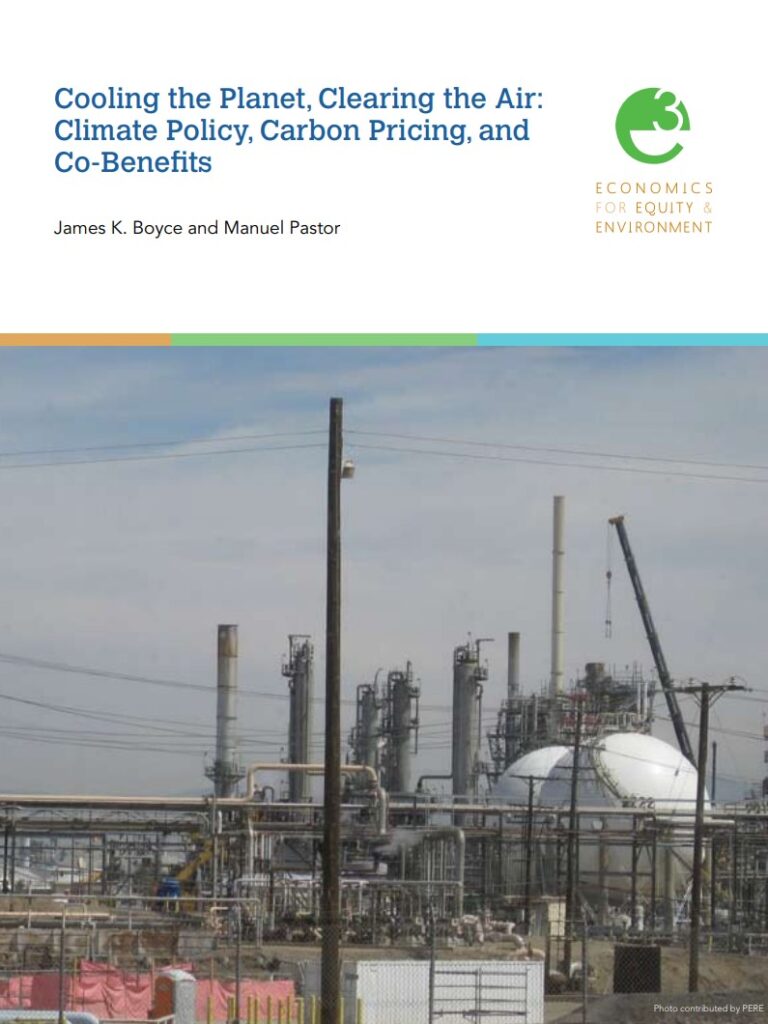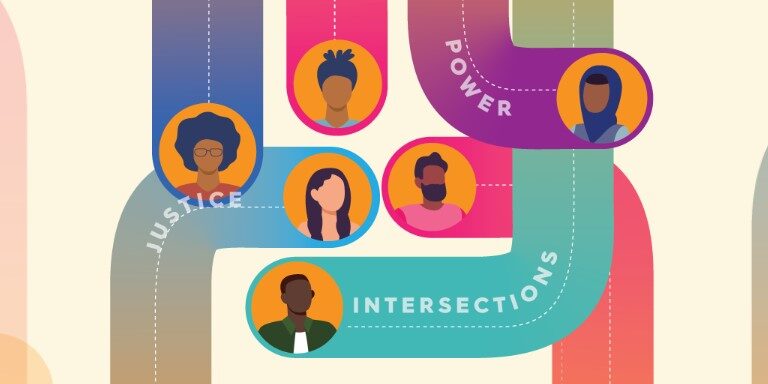
By James Boyce and Manuel Pastor
James Boyce, Ph.D.
Professor of Economics
Director, Program on Development, Peacebuilding and the Environment
The Political Economy Research Institute
University of Massachusetts Amherst
Manuel Pastor, Ph.D.
Professor of American Studies and Ethnicity
Director, Program for Environmental and Regional Equity
University of Southern California
Please note: reports dated earlier than June 2020 were published under our previous names: the USC Program for Environmental and Regional Equity (PERE) or the USC Center for the Study of Immigrant Integration (CSII).
In their latest research, Cooling the Planet, Clearing the Air: Should climate policies give extra credit for maximizing short-term health benefits?, Manuel Pastor and James Boyce present the first national level study to take such a careful look at the potential to reduce harmful air pollution as part of our strategies to reduce greenhouse gas emissions. Cooling the Planet, Clearing the Air makes the key—but often overlooked—point that a reduction in GHGs in one location could disproportionately improve health in heavily-polluted communities. While GHGs are ubiquitous, associated co-pollutants, such as particulate matter, are more localized. Policymakers need to include this finding in climate change decisions for efficiency reasons: why leave public health benefits lying on the ground? But they should also for equity reasons: the facilities that emit GHGs and the associated co-pollutants are disproportionately in low-income communities and communities of color. While current strategies don’t fully address these potential health and equity gains, it might be relatively easy to do so.
Kristen Sheeran, Director of the E3 Network who commissioned the report commented, “This report highlights often overlooked issues of environmental justice. Take for example the recent explosion on August 6 at the Chevron Refinery in Richmond, California. This refinery is the single largest emitter of greenhouse gas emissions in the state of California, and over 85% of the residents who live within a three-mile radius of the plant live below the federal poverty line. We recognize an enormous risk—as well as an enormous opportunity—for public health and to address pollution where it is needed most.”



